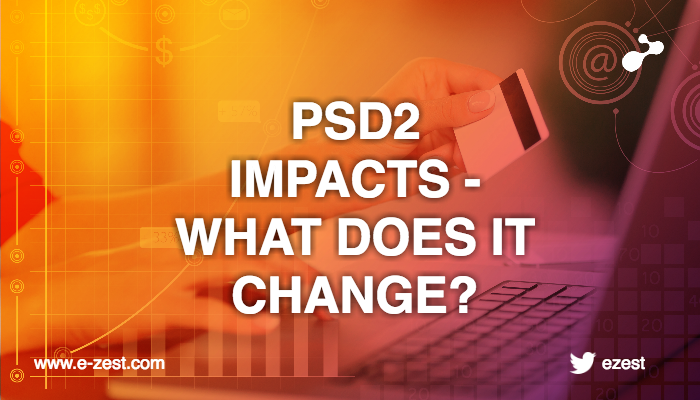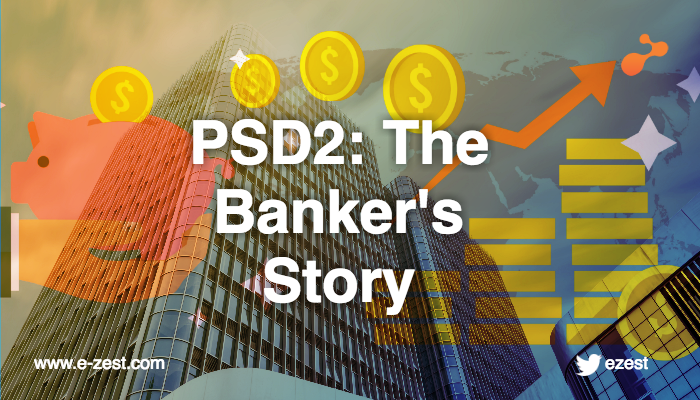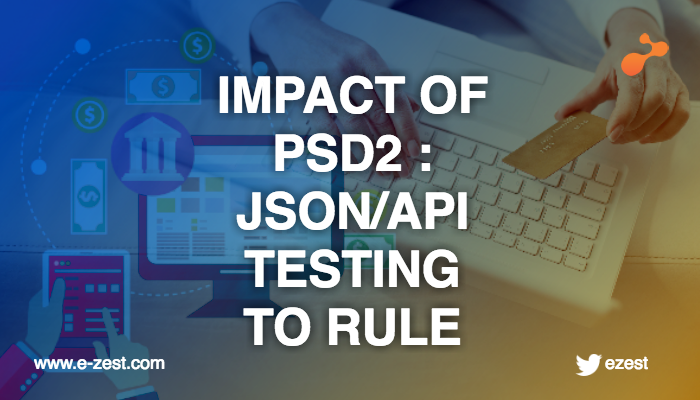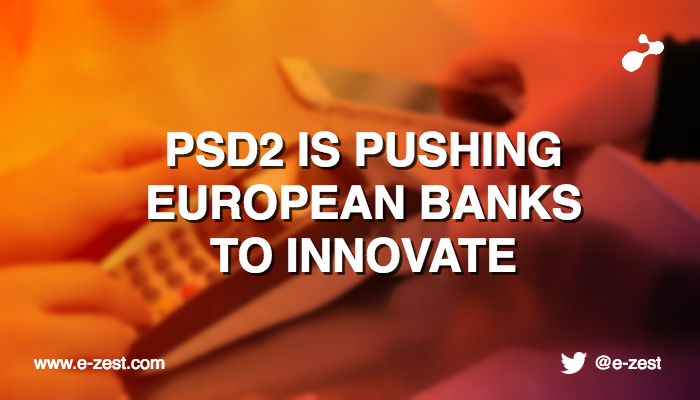
While the financial services sector is moving towards adopting innovations at a rapid pace; the core banking has pulled up its socks to show its dominance across the financial sector.
With the emerging trend of digital payments, innovative payment banks and payment gateways, facilitating accessibility to credit cards for web and mobile based transactions has become a dire need of the hour - to bring features that would lure its customers and demonstrate its equivalent competitive strength for the banking system.
The European financial services sector has been highly competitive and the declaration of Payment Services Directive 2 (PSD2) has embarked the sector with a completely new dimension. Enhanced from the PSD1, the latest directive is aimed to achieve the following objectives:
- Improving efficiency in the European payments market
- A regularized leap towards innovation in the payments domain
- Prevention of frauds by making better security requirements mandatory
- Empower consumers with a healthy competitive market and lower cost on payments
This directive came into force on 12th Jan 2016 and 2 years were given to the banks to adhere to the directive. It is now high time for the banks to upgrade their services and bring it to compliance with the PSD2 by 13th Jan 2018.
What is new?
So, what’s all the buzz about? What are the notable mentions in the directive and how it will impact the sector?
PSD2 is focused on market efficiency and integration, consumer protection, competition and choice, and security.
Under each of the above stated focus area, PSD2 brings in the following new inclusions:
Market efficiency and integration:
Prevent frauds by extending the scope to all the currencies being used in transferring funds through EU based Payment Service Providers (PSPs) and covering transactions where one leg belongs to EU domicile.
Consumer protection:
- Limiting unauthorized payments to € 50 only as against € 150 in earlier PSD
- Provide an unconditional refund right to the customer for 8 weeks
- Payee will only be able to block the funds in payer’s account where the exact deal amount is not known in advance and that can be unblocked by the payer when approving the finalized amount, making customer the decision maker
- Ban surcharges for the use of payment gateways
- PSPs to respond to complaints within 15 days and in 35 days in special circumstances
- Ombudsman services to be designated to handle disputes
Competition and choice:
Expanding horizon of payment industry by introducing PIS (Payment Initiation Service) and AIS (Account Information Service) will allow customers to choose from a list of providers. These are explained briefly in the latter part of this article.
Security:
PSPs to report annually for operational and security risk assessments, adequacy of the control and mitigation measures deployed, and statistics of frauds. Customer authentication needs to be strong and there should be secure communication between the servers.
Adhering to the above stated four focus areas, the banks will have to setup open APIs to provide services related to account information and payment initiation.
New payment services will evolve making it a perfect competition market and the ones with best customer service will flourish.
Where is it applicable?
PSD2 has been mandated by the European Parliament and hence is applicable to the entire European Union. However, it is not just the EU that comes under this radar. Any payment where even one leg (one party) falls within EU norms must adhere to PSD2.
PSD2 enforces the banks to keep a transparency on customers’ accounts and allow the third parties to access the accounts directly.
The third parties are categorized as AISPs (Account Information Service Providers) and PISPs (Payment Information Services Providers), where an AISP can retrieve information on the bank account of a customer and provide to the requester while a PISP can enable transactions through one’s bank account, which earlier was under the sole authority of the account holder’s bank.
What is required to implement PSD2?
Implementation of PSD2 will impact the existing IT infrastructure of the organizations where provisions need to be made to encompass the new standards.Following are the areas where the industry would need to focus:
- Upgrade the IT infrastructure
- Enhance system architectures and customer experiences
- Making the AIS and PIS available
- Educate the customers
- Readiness for quicker complaint handling
- Ensure disputes resolution with ombudsman/ relevant authority in place
- Enhancing the security features of the services
- Ensuring regular reporting to the authorities
- Provision to cover investment in IT infrastructure and IT security
Conclusion:
Overall, this is inclined towards attaining a healthy and competitive services market through a customer centric approach. There will be high level of transparency and the services will minimize the possibilities of frauds with/by the customers.
These developments make PSD2 a big leap towards open banking system.




